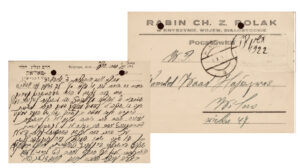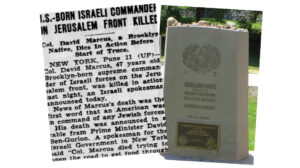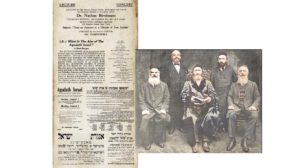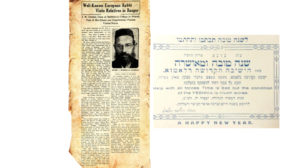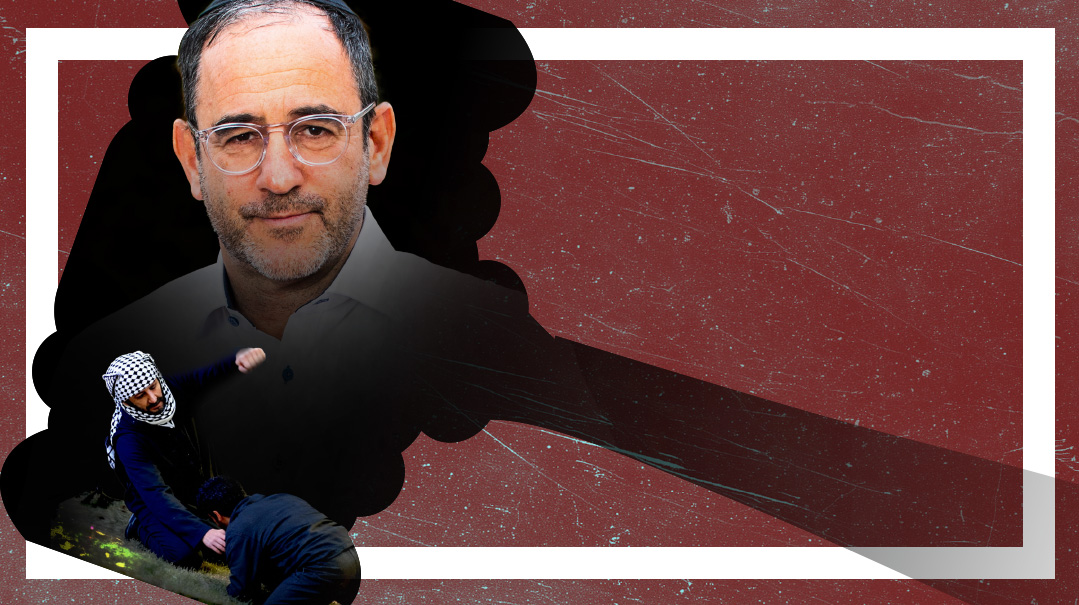The Six Day War Fifty Years Later


NOT BY THE STRENGTH OF OUR HAND Soldiers express their gratitude at the makeshift synagogue and tefillin station erected by the IDF at the newly captured Western Wall
History speaks for itself: An historical account of the Six Day War from buildup to miraculous finish.
Tensions Build
JANUARY TO MARCH 1967 Some 270 border incidents mainly with Syria cause rising concern in Israel. From an Israeli observation post along the Jordan River an IDF soldier peers into Syrian territory.
APRIL 6–7–8 After incessant provocations Israeli jet fighters shoot down six Syrian planes over the Golan Heights. Syrian gunners retaliate firing on Israeli kibbutzim in the Galilee. Artillery fire is exchanged and the fighting escalates. Israel’s military brass arrives to inspect the damage; heavy equipment is sent to Kibbutz Ein Gev to remove debris and animals killed by Syrian shell fire.
MAY 13–17 Soviet officials misinform Egypt telling them that Israel is preparing for an imminent attack on Syria. Egyptian President Gamal Abdel Nasser demands the withdrawal of the 3400-man UN Emergency Force (UNEF) on the Egyptian-Israeli border. On May 17 a column of Egyptian tanks is dispatched to the Sinai to join divisions already positioned on the Egyptian-Israeli border. When the deployment is complete Egypt has 60 000 troops in the Sinai.
Israel Beefs Up Its Defenses
MAY 17 The Israeli cabinet calls a series of emergency meetings to discuss the escalation in the crisis. Prime Minister Levi Eshkol addresses the Knesset. Eshkol appoints General Moshe Dayan the military hero of the 1956 Sinai Campaign as defense minister in order to reassure a public that considers Eshkol to be a weak prime minister — and forms a national unity government that includes Menachem Begin’s Herut party.

Following heavy street-to-street combat Jerusalem the divided capital of Israel is reunited
MAY 18 UN secretary-general U Thant without referring the matter to the General Assembly cables Cairo acceding to their demand to withdraw UN troops. The UN force which had been in place since the 1956 Sinai Campaign terminates its mission. Two UN soldiers in the Gaza Strip are seen as they remove the insignia at the King’s Gate Camp of the Swedish battalion on May 21. Nasser puts his forces on maximum military alert.
MAY 19 Israel orders an immediate large-scale mobilization of its reserves. The next day an Israeli tank crew is seen undergoing intensive training at an unidentified site in southern Israel as the crisis escalates.
Countdown to War
MAY 20 Egypt blockades the Straits of Tiran (Gulf of Aqaba) to Israeli shipping thereby cutting off Israel’s flow of oil from its main supplier Iran. By international law this is an act of war. US president Lyndon Johnson and UK prime minister Harold Wilson condemn the blockade. The Eshkol government begins a diplomatic blitz dispatching Foreign Minister Abba Eban to Europe and the United States to convince Western leaders to pressure Nasser to de-escalate the crisis.
MAY 30 Jordan signs a mutual defense treaty with Egypt forming a three-way alliance with Syria. Israel calls on Jordan numerous times to refrain from hostilities. Egypt Jordan and Syrian troops outnumber Israel by more than 30 percent and have more than twice as many fighter jets and tanks as Israel. Israeli troops begin reinforcing the border fences with Jordan on their side of the Judean Hills.
JUNE 4 Egypt redeploys 200 tanks opposite Eilat with the aim of cutting off the southern Negev. The Jordanian and Iraqi armies are placed under Egyptian command. On Israel’s northern border with Syria 50 000 Syrian soldiers are dug in and fortified.
Israel’s cabinet passes a secret resolution resolving to take preemptive military action authorizing the prime minister and defense minister to decide on the exact timing... (Excerpted from Mishpacha Issue 661)
Oops! We could not locate your form.

